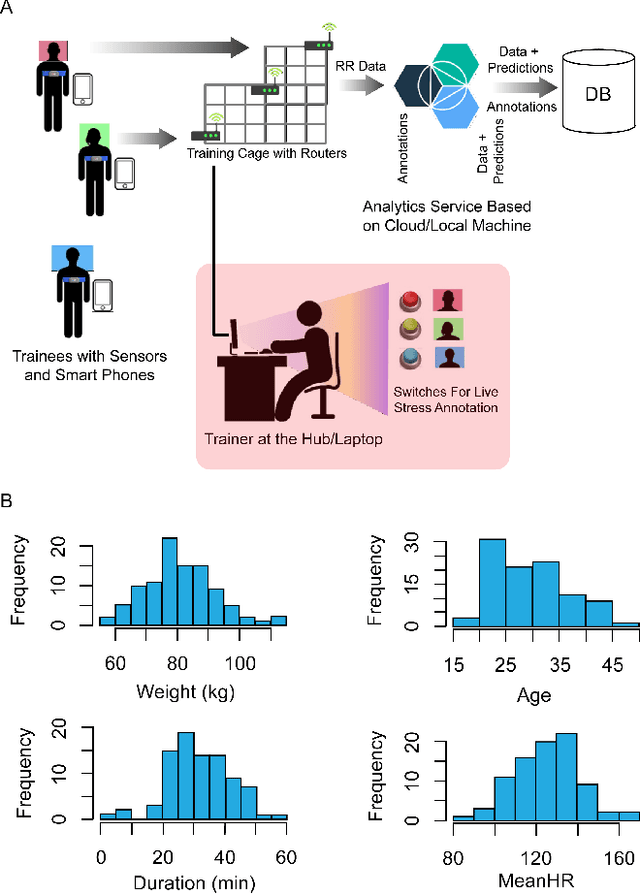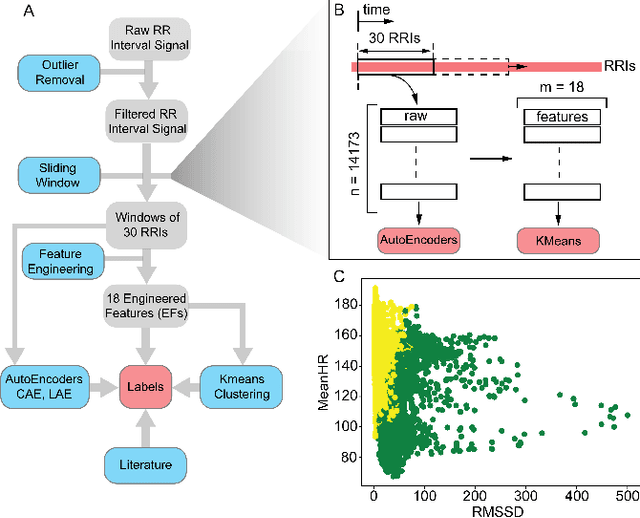Bruno Michel
Machine learning for accelerating the discovery of high performance low-cost solar cells: a systematic review
Dec 26, 2022Abstract:Solar photovoltaic (PV) technology has merged as an efficient and versatile method for converting the Sun's vast energy into electricity. Innovation in developing new materials and solar cell architectures is required to ensure lightweight, portable, and flexible miniaturized electronic devices operate for long periods with reduced battery demand. Recent advances in biomedical implantable and wearable devices have coincided with a growing interest in efficient energy-harvesting solutions. Such devices primarily rely on rechargeable batteries to satisfy their energy needs. Moreover, Artificial Intelligence (AI) and Machine Learning (ML) techniques are touted as game changers in energy harvesting, especially in solar energy materials. In this article, we systematically review a range of ML techniques for optimizing the performance of low-cost solar cells for miniaturized electronic devices. Our systematic review reveals that these ML techniques can expedite the discovery of new solar cell materials and architectures. In particular, this review covers a broad range of ML techniques targeted at producing low-cost solar cells. Moreover, we present a new method of classifying the literature according to data synthesis, ML algorithms, optimization, and fabrication process. In addition, our review reveals that the Gaussian Process Regression (GPR) ML technique with Bayesian Optimization (BO) enables the design of the most promising low-solar cell architecture. Therefore, our review is a critical evaluation of existing ML techniques and is presented to guide researchers in discovering the next generation of low-cost solar cells using ML techniques.
DeStress: Deep Learning for Unsupervised Identification of Mental Stress in Firefighters from Heart-rate Variability (HRV) Data
Nov 18, 2019



Abstract:In this work we perform a study of various unsupervised methods to identify mental stress in firefighter trainees based on unlabeled heart rate variability data. We collect RR interval time series data from nearly 100 firefighter trainees that participated in a drill. We explore and compare three methods in order to perform unsupervised stress detection: 1) traditional K-Means clustering with engineered time and frequency domain features 2) convolutional autoencoders and 3) long short-term memory (LSTM) autoencoders, both trained on the raw RRI measurements combined with DBSCAN clustering and K-Nearest-Neighbors classification. We demonstrate that K-Means combined with engineered features is unable to capture meaningful structure within the data. On the other hand, convolutional and LSTM autoencoders tend to extract varying structure from the data pointing to different clusters with different sizes of clusters. We attempt at identifying the true stressed and normal clusters using the HRV markers of mental stress reported in the literature. We demonstrate that the clusters produced by the convolutional autoencoders consistently and successfully stratify stressed versus normal samples, as validated by several established physiological stress markers such as RMSSD, Max-HR, Mean-HR and LF-HF ratio.
 Add to Chrome
Add to Chrome Add to Firefox
Add to Firefox Add to Edge
Add to Edge